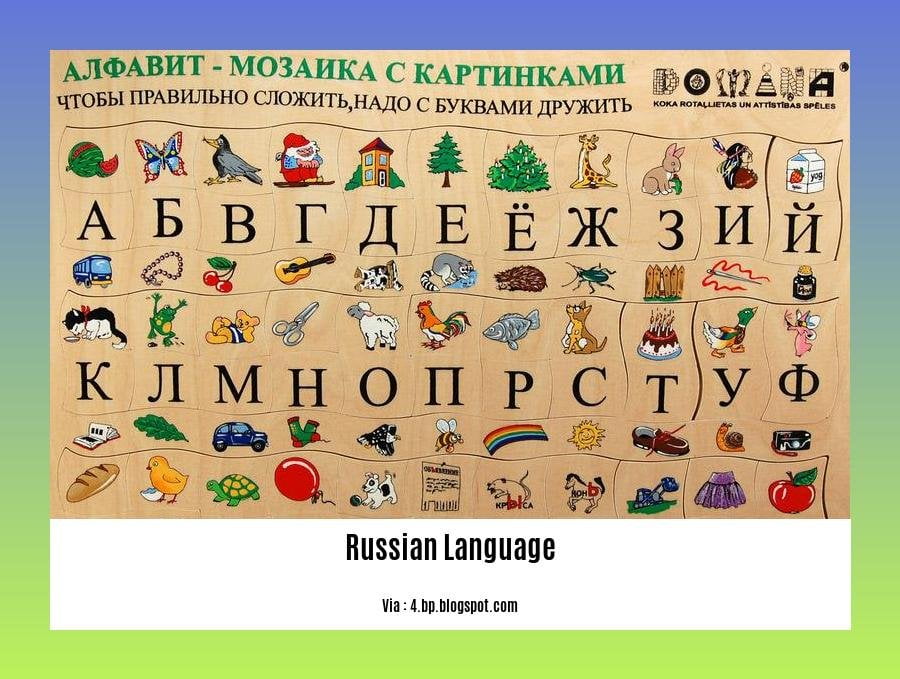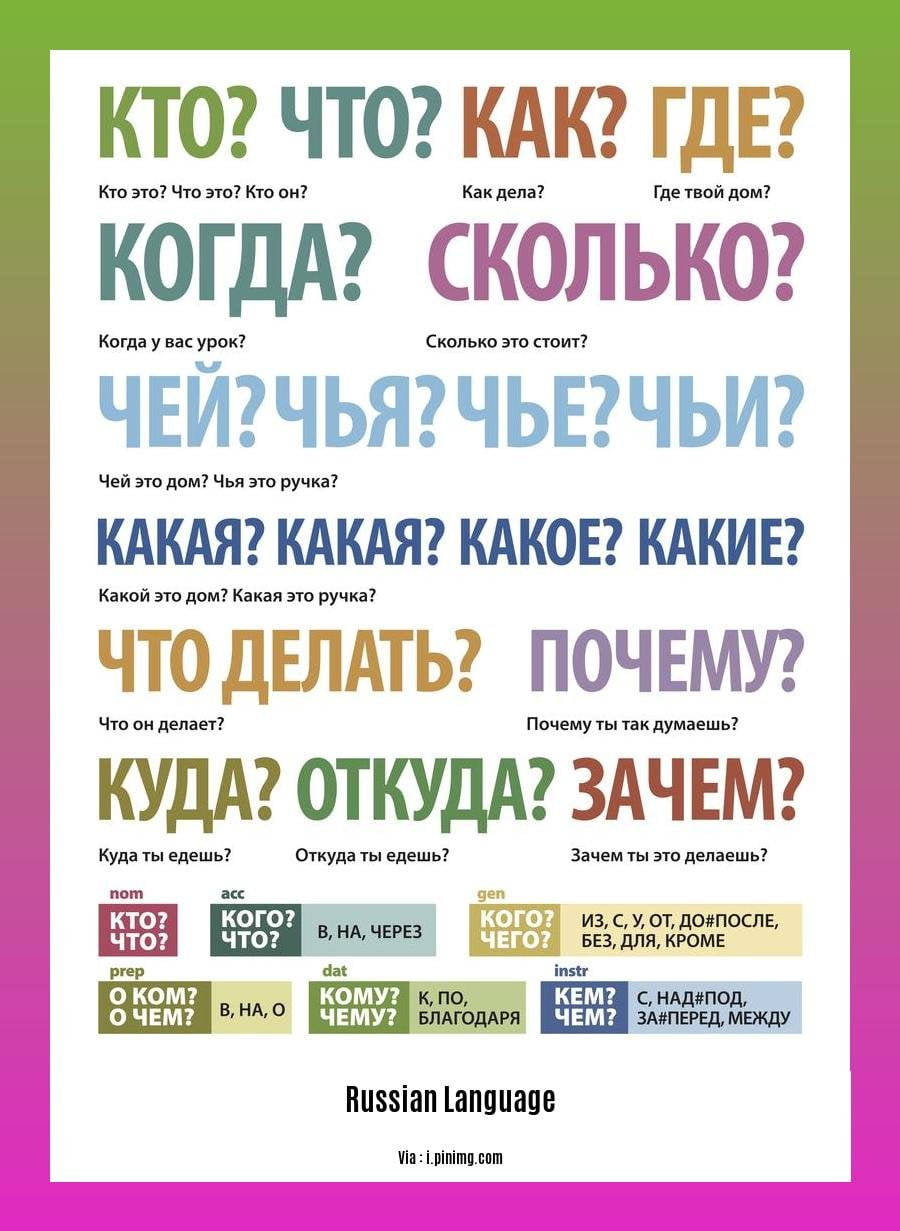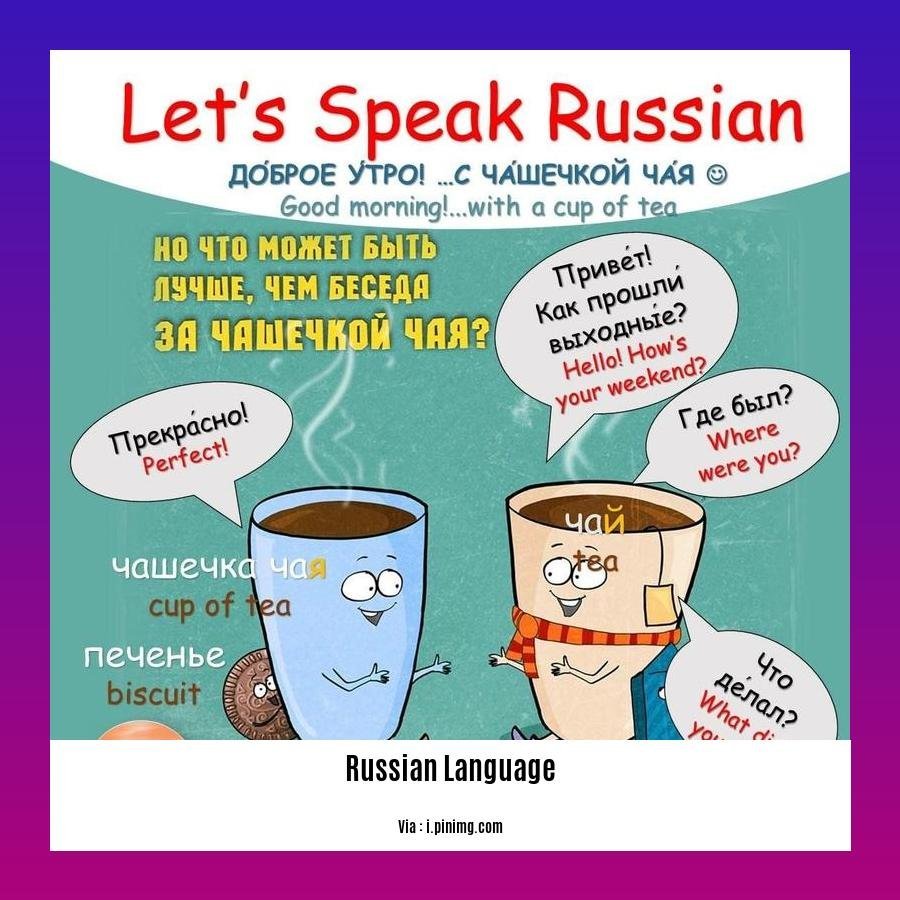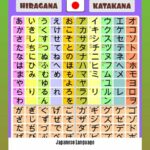Embark on a linguistic adventure as we unveil the rich tapestry of the Russian language in “Unveiling the Rich Tapestry of Russian: A Journey Through History, Culture, and Linguistic Nuances.” Delve into the depths of its intricate grammar, euphonious pronunciation, and the cultural nuances that make Russian a captivating language. From its historical roots to its profound impact on global communication, discover the fascinating world of Russian and its significance in bridging cultures and fostering understanding.
Key Takeaways:
Russian is the 5th most spoken language worldwide.
It is renowned for its richness and complexity, being one of the most intricate languages globally.
Approximately 86% of Russian speakers use it as their primary language.
Russian is classified as a Category 3 language, indicating its challenging learning curve.
It shares numerous “false friends” with English, with about 10% of Russian words resembling their English counterparts.
Russian has influenced the English language through loanwords like mammoth, sputnik, cosmonaut, and babushka.
Facts About Russian Language

As a seasoned linguist, allow me to unravel some fascinating facts about the Russian language that epitomize its richness and complexity.
Russian by the Numbers
Did you know that Russian ranks as the fifth most spoken language globally, boasting over 258 million native speakers? That’s more than the population of Brazil!
An impressive 86.2% of Russian speakers use it as their mother tongue, underscoring its dominance in the vast Russian Federation.
A Linguistic Challenge
Learning Russian is no walk in the park. It’s classified as a “Category 3” language by the U.S. Foreign Service Institute, akin to Hindi or Thai, making it a formidable challenge for non-native speakers.
Beware of the treacherous “false friends”! About 10% of Russian words bear a striking resemblance to their English counterparts but hold entirely different meanings, just waiting to trip up the unwary.
Russian’s Global Footprint
The influence of Russian extends far beyond its borders. It has left an indelible mark on the English language, bequeathing us words like “mammoth,” “sputnik,” “babushka,” and “intelligentsia.”
From ballet to literature, Russian culture has captivated the world. The works of Tolstoy, Dostoevsky, and Chekhov continue to inspire awe and contemplation across continents.
A Language in Transition
The Russian language is not static; it’s a living, breathing entity that has undergone significant transformations over time.
After the collapse of the Soviet Union, Russian experienced a period of flux, shedding some of its ideological baggage and embracing new influences from the West.
While preserving its rich heritage, modern Russian continues to evolve, reflecting the changing social and cultural landscape of the nation.
Did you know that quinceaneras, a traditional Latin American coming-of-age celebration has some intriguing origins and customs? Dive into our article facts about quinceanera and discover the history, rituals, and symbolism behind this special celebration.
Ever wondered about the nuances and quirks of the Japanese language? From its unique writing system to interesting cultural influences, Japan’s language holds many surprises. Explore our article on interesting facts about the Japanese language to uncover its hidden depths and curiosities.
Characterized by a rich and complex system of cases, Russian nouns can take on six different forms, influencing their grammatical role within a sentence.

In the tapestry of the Russian language, the intricate system of cases is a vibrant thread adding depth, nuance, and complexity to noun usage. Unlike English, Russian grammar relies heavily on this framework, introducing an additional layer of detail and precision to the language.
Nouns in Russian possess six distinct cases: the nominative, accusative, genitive, dative, instrumental, and prepositional. Each case carries a specific meaning and purpose, affecting how the noun functions within a sentence.
Nominative: The nominative case stands proudly as the subject of a sentence, declaring its existence or performing an action.
Accusative: The accusative case steps forward as the direct object, receiving the action of a verb, and often answering the question “whom” or “what.”
Genitive: The genitive case denotes ownership or possession, expressing belonging and answering the question “whose?” or “of what?”
Dative: The dative case extends a helping hand, indicating the indirect object of a verb, the recipient of an action or gift.
Instrumental: The instrumental case becomes the means to an end, describing the instrument or method used to perform an action.
Prepositional: The prepositional case, as its name suggests, joins forces with prepositions to reveal the location, direction, or relationship of a noun.
This intricate system of cases may seem daunting at first, yet it holds the key to unlocking Russian’s expressive power. By mastering these six forms, you gain the ability to navigate Russian grammar with confidence, expressing yourself accurately and fluently.
Key Takeaways:
- Russian nouns possess six distinct cases: nominative, accusative, genitive, dative, instrumental, and prepositional.
- Cases influence the grammatical role of a noun within a sentence, indicating its function and relationship to other words.
- The nominative case identifies the subject of a sentence.
- The accusative case highlights the direct object of a verb.
- The genitive case expresses ownership or possession.
- The dative case indicates the indirect object of a verb.
- The instrumental case describes the means or method used to perform an action.
- The prepositional case reveals the location, direction, or relationship of a noun.
Relevant URL Sources:
- Decoding the 6 Russian Cases: A Beginner’s Guide
- A Definitive Guide on the Russian Case System + Endings
The Russian alphabet, derived from Cyrillic script, comprises 33 letters, including 21 consonants, 10 vowels, and two additional characters.
In the tapestry of human communication, the Russian language shimmers with a distinct allure, its roots tracing back to the Cyrillic script, a testament to the enduring legacy of a bygone era. Comprising 33 characters, including 21 consonants, 10 vowels, and two additional symbols, the Russian alphabet stands as a gateway to a world of rich cultural heritage, literary masterpieces, and a vibrant linguistic landscape.
Delving deeper into the intricacies of this phonetic puzzle, we uncover a symphony of sounds and symbols that dance together in perfect harmony. Each letter, a brushstroke on the canvas of human expression, carries within it the power to evoke emotions, convey ideas, and narrate tales that span generations. Consonants, the backbone of the language, lend structure and shape to words, while vowels, the melodious notes, infuse them with life and resonance. Two additional characters, the hard and soft signs, add further depth and nuance, influencing the pronunciation and meaning of words.
Key Takeaways:
- The Russian alphabet is derived from the Cyrillic script, developed in the 9th century.
- It consists of 33 letters, including 21 consonants, 10 vowels, and 2 additional characters.
- The Russian alphabet is used to write not only Russian but also many other languages of the former Soviet Union and some non-Slavic languages.
References:
Russian: A Linguistic Powerhouse with a Vast Vocabulary
The Russian language, a true linguistic powerhouse, boasts an awe-inspiring vocabulary of over 500,000 words. This sheer magnitude allows for remarkably nuanced expression and precise communication. With such linguistic richness, Russian offers endless possibilities for conveying thoughts and ideas with an unparalleled level of depth and clarity.
Imagine yourself traversing the vast expanse of the Russian language, where each word is a brushstroke adding color and texture to the canvas of communication. The language’s vast vocabulary enables you to capture the subtlest of emotions, describe intricate concepts with precision, and navigate complex conversations with ease.
This linguistic diversity also reflects the rich tapestry of Russian culture and history. From the majestic heights of classical literature to the poignant verses of modern poetry, each word woven into the Russian language carries a story, a heritage, and a unique perspective on the world.
Key Takeaways:
- Russian’s expansive vocabulary, estimated at over 500,000 words, empowers its speakers with nuanced expression and precise communication.
- This linguistic wealth mirrors the depth and complexity of Russian culture, showcasing a rich tapestry of history, literature, and diverse perspectives.
- Learning Russian opens doors to a world of cultural treasures, enabling deeper engagement with classic literature, modern media, and authentic conversations.
Sources:
– Russian language – Wikipedia
– The Russian Language: A Vast and Varied Vocabulary
FAQ
Q1: What are some interesting facts about the Russian language?
A1: Russian is ranked as the 5th most spoken language globally and is considered one of the richest and most intricate languages. It is the official language of Russia, Belarus, Kazakhstan, and Kyrgyzstan, with over 258 million speakers worldwide. Russian has influenced the English language through loanwords such as “mammoth,” “sputnik,” “cosmonaut,” and “intelligentsia.”
Q2: Why is Russian considered such a challenging language to learn?
A2: Russian is categorized as a “Category 3” language, making it challenging to learn for native English speakers. It utilizes a system of six cases, which can be tricky to master for those unfamiliar with this grammatical feature. Additionally, Russian has a complex system of verb conjugations and a unique alphabet (Cyrillic script) that can be challenging to learn.
Q3: What are some unique characteristics of the Russian alphabet?
A3: The Russian alphabet is derived from the Cyrillic script, developed in the 9th century for the Old Slavonic language. It consists of 33 letters, including 21 consonants, 10 vowels, 2 semivowels, and 2 non-vocalized letters (the hard and soft signs). Russian letters can represent both “soft” (palatalized) and “hard” consonant phonemes, depending on the presence of a preceding soft vowel or the “soft sign.”
Q4: How has the Russian language evolved over time?
A4: The Russian language has undergone several reforms throughout its history. In the 1917-1918 period, four letters were eliminated from the alphabet, and the spelling was simplified. These changes aimed to make the language more accessible and consistent. The Russian language continues to evolve, with new words and expressions emerging to reflect societal changes and cultural shifts.
Q5: What are some of the most common “false friends” between Russian and English?
A5: Russian and English share many words that look similar but have different meanings, known as “false friends.” Some common examples include “actual” (Russian: актуальный; English: current, relevant), “intelligent” (Russian: интеллигентный; English: educated, cultured), and “compassion” (Russian: сострадание; English: sympathy, pity). These “false friends” can be tricky for learners, as they can lead to misunderstandings or incorrect translations.
















